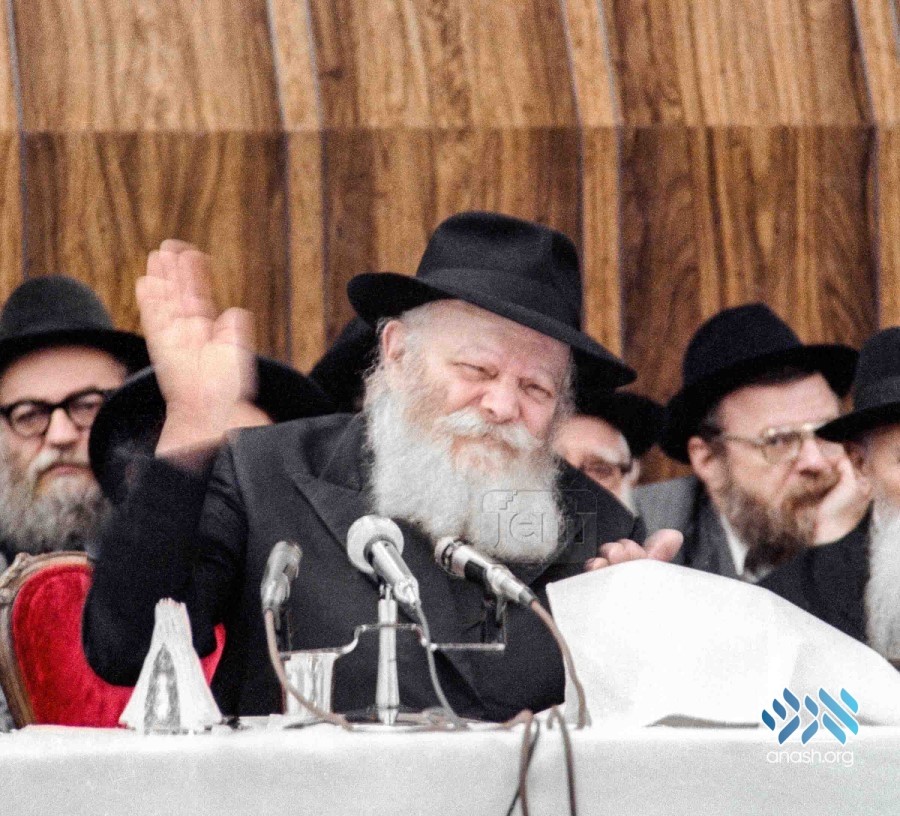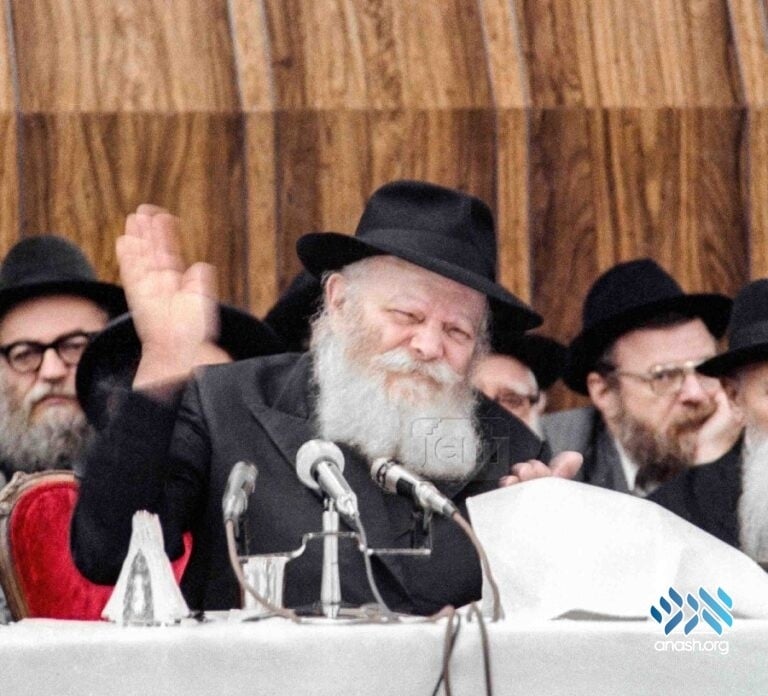י״ד תשרי ה׳תשפ״ה | October 16, 2024
Yom Tov is Not a Day Off
Nechama Lifshitz, a Yiddish language arts performer behind the Iron Curtain, became a key representative of Soviet Jewish culture and a world-famous refusenik. In a letter to her, the Rebbe drew a key distinction between a Yiddishe and a secular holiday.

Nechama Lifshitz, a Yiddish language arts performer behind the Iron Curtain, became a key representative of Soviet Jewish culture and a world-famous refusenik. In a letter to her, the Rebbe drew a key distinction between a Yiddishe and a secular holiday.
Nechama Lifshitz, a Yiddish language arts performer behind the Iron Curtain, became a key representative of Soviet Jewish culture and a world-famous refusenik. When she was finally allowed to emigrate to Eretz Yisroel, she corresponded with the Rebbe.
In one letter, dated 10 Adar 1 5730, the Rebbe wrote that despite the importance of the Yiddishe heart, “Yiddishkeit must express itself in practical action.”
The Rebbe then drew a distinction between a Yiddishe and a secular holiday:
“With Shabbos and yom tov, the day is entirely different than the rest of the week. Unlike other nations, by whom the difference is merely between a workday and a day of rest, Yidden categorize them as weekdays versus holy days. The day is holy, not mundane. Resting on that day is only a detail, and a result of the kedusha…”
(Igros Kodesh, Vol. 26 p. 328)
From The Weekly Farbrengen by Merkaz Anash



We appreciate your feedback. If you have any additional information to contribute to this article, it will be added below.